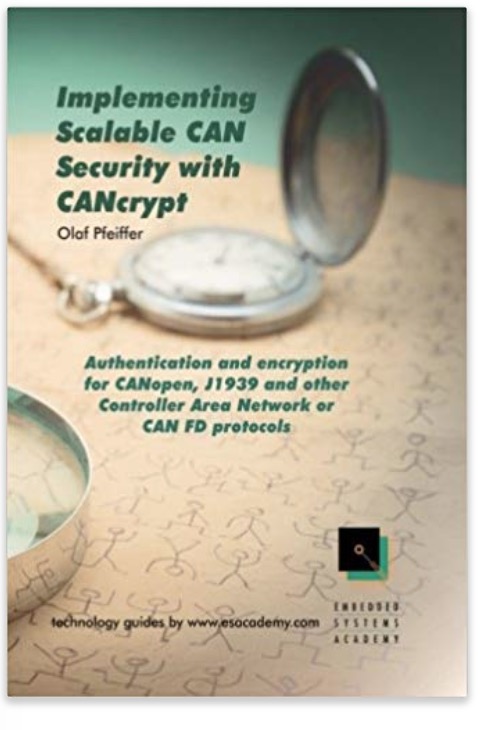Recent Posts
Controller Area Network (CAN) Transceiver Family Supports CAN FD (Flexible Data-Rate) Protocol
Posted by on
 A family of Controller Area Network (CAN) transceivers including various automotive Grade 0 qualified parts is now available from Microchip Technology Inc. The ATA65XX family adds six devices to Microchip’s CAN portfolio.
A family of Controller Area Network (CAN) transceivers including various automotive Grade 0 qualified parts is now available from Microchip Technology Inc. The ATA65XX family adds six devices to Microchip’s CAN portfolio.
The family supports the recently established CAN FD (Flexible Data-rate) protocol for up to five Mbit/s communication speed and the new CAN PN (Partial Networking) standard for improved energy efficiency of vehicles. Therefore, the devices are fully compliant with the ISO 118980-2/5/6, 11898-2:2016 and the SAE J2962-2 standards. The ATA6562, ATA6563, ATA6564, ATA6565 and ATA6566 build the automotive Grade 0 qualified CAN/CAN FD transceiver family with an ambient temperature rating of -40° to 150°C.
The family also provides a CAN partial networking transceiver including a window watchdog. All devices in the family are approved by major car manufacturers for use without the external Common Mode Choke (CMC) that is required for most CAN transceivers.
All family members include wake-up capability via CAN bus with dual wake up pattern according to ISO11898-2:2016. A modern vehicle contains more than 70 Electronic Control Units (ECU) with CAN interface.
Features
- Data rate up to 8 Mbits
- Fully ISO 11898-2,-5, SAEJ2962-2compliant
- Low EME and high EMI
- Remote wake-up capability via CAN bus
- Transmit data (TXD) dominant time-out function
- RXD recessive clamping detection
- Undervoltage detection on VCC and VIO pins
- CANH/CANL short-circuit and overtemperature protected and protected against transients in automotive environments
When the Controller Area Network (CAN) was designed, security was not a requirement.
The primary usage of CAN was considered closed; possible intruders or attackers would simply not get physical or remote access to the network.
However, today it is more and more common that devices connected to a CAN system also have connections to other networks, including the Internet.
Recent car hacks have shown that attackers may get access to CAN systems.
Without strong security features, an attacker automatically gains full access to everything connected, allowing active control commands to be recorded and replayed.
In this book we examine which options developers of CAN based systems realistically can use to provide adequate security features.
- What can we do - without using heavy-weight security features?
- What can we do - to detect possibly injected messages?
- What can we do - without any hardware change?
- What can we do - with minimal software change?
The CANcrypt protocol and software is introduced as a scalable security solution for the Controller Area Network. Free demo examples including C source code can be downloaded from ESAcademy's web pages.
 Loading... Please wait...
Loading... Please wait...

